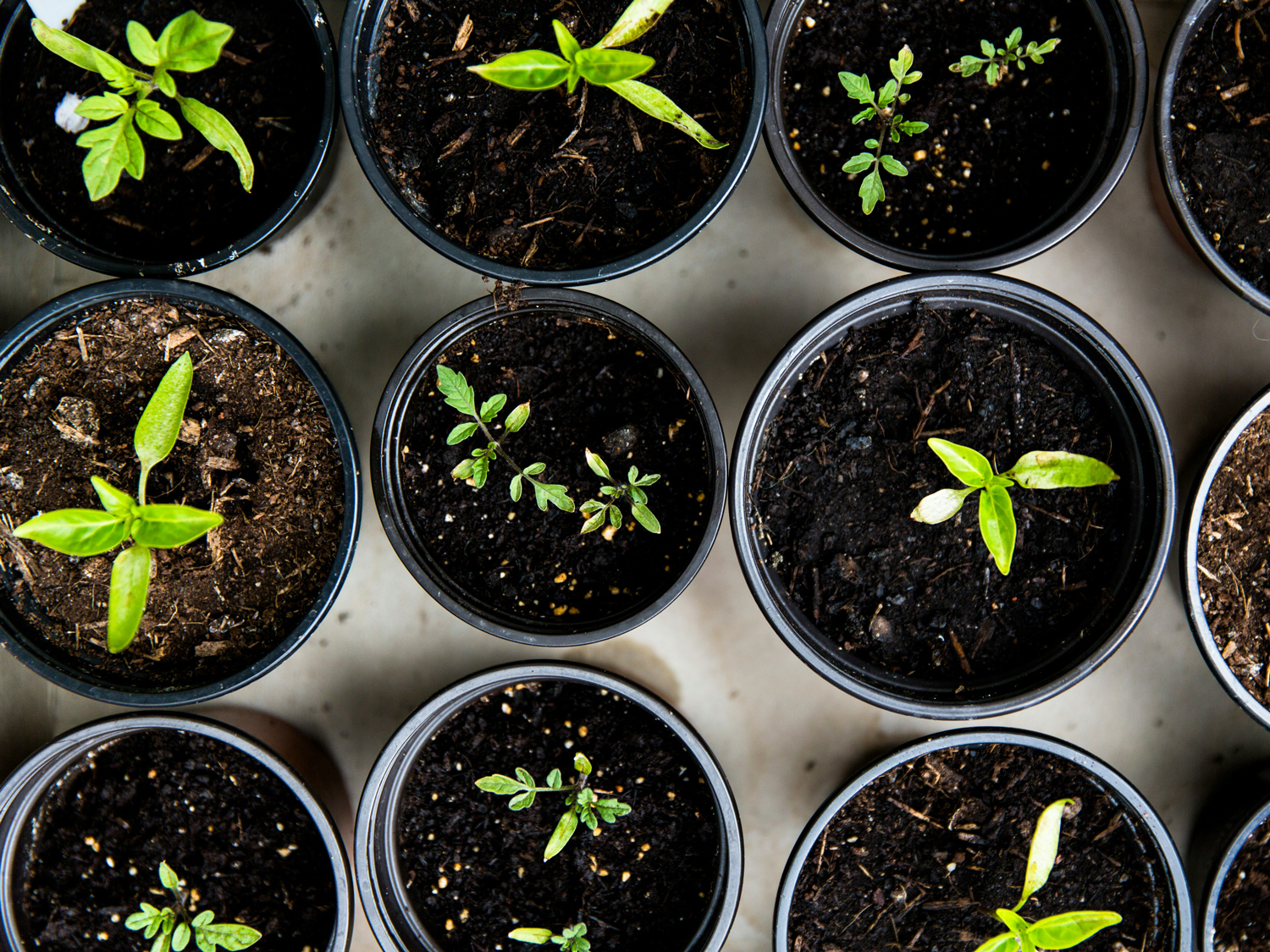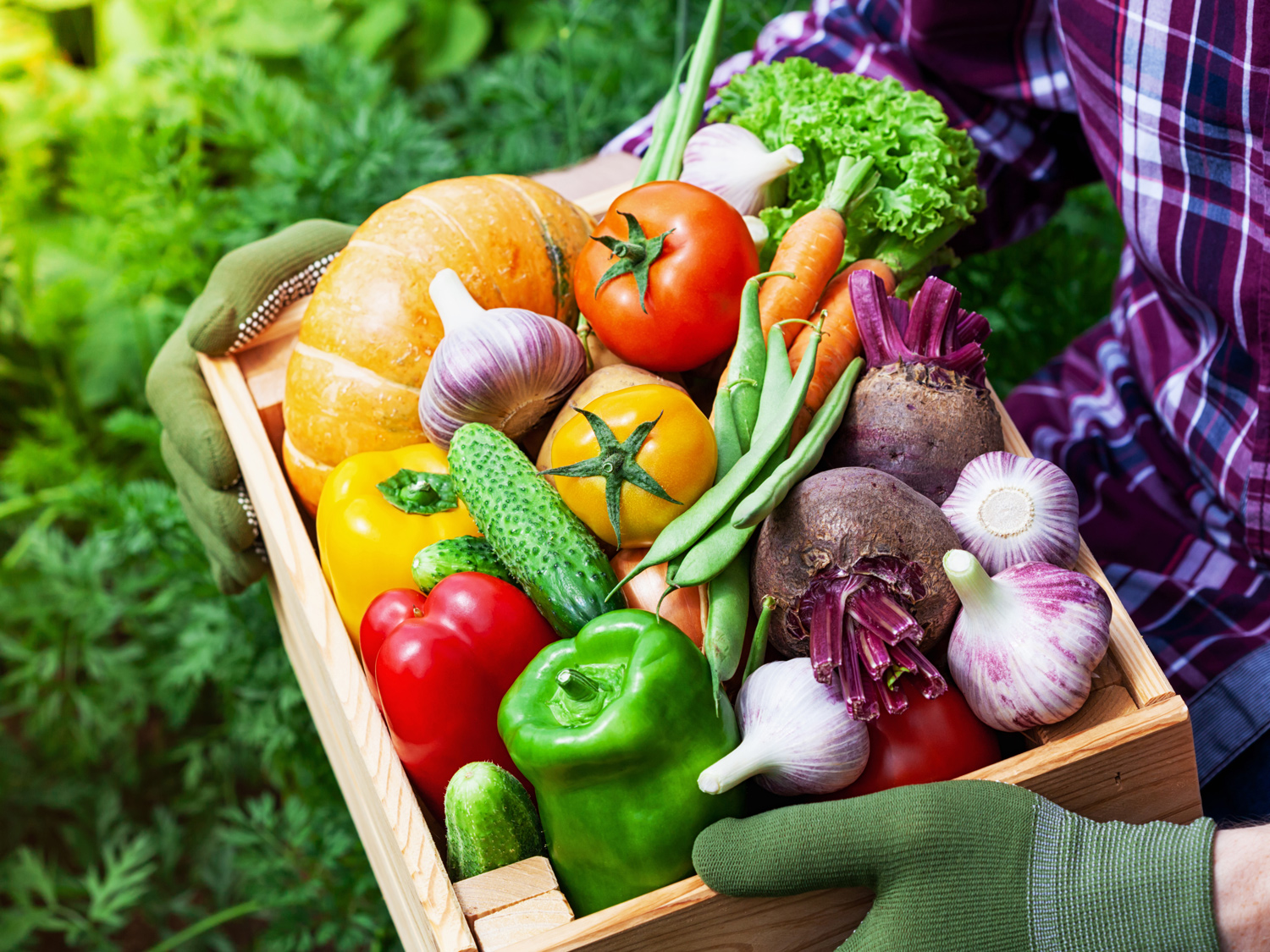Brassica, Napa Cabbage, Aiko ~ 85 seeds


Out of stock
Temporarily Out of Stock- Sun Preference
- Full-Sun
Description
Brassica rapa, F-1 Hybrid
Big, dense, full-sized 12 inch heads with tightly wrapped, blemish-free outer leaves and light green to creamy white interiors. These crisp, juicy, heavy heads have a delicious mild, sweet flavor. Enjoy in quick stirfries, weeknight sautés, everyday salad making, or shredded for slaws and tacos. Perfect for Kimchi! Heads stand well in the garden to harvest over time. With its unbeatable disease resistance package, Aiko grows well in a wide range of climates and weather conditions.
Seed Starting Successfully
Start your garden from scratch with Gertens' wide variety of seed packets! Whether you're a seasoned gardener or just starting out, we have seeds for every skill level and garden size. From colorful flowers to delicious vegetables, our seeds are carefully selected for their quality and performance.
Details
Cold Winters: May - June
Mild Winters: March - April, July - Aug.
Sun/Shade: Full sun
Planting Depth: 1 inch
Space Seeds: 1 inch apart, 1/4 inch deep
Days to Germinate: 7 - 10 days
Days to Harvest: Approx. 60
TO START INDOORS
Start seeds 4 to 5 weeks before last spring frost. Sow 1 inch apart in seed starting mix, cover 1/4 inch deep and keep evenly moist. Provide a strong light source until seedlings are ready to plant out. When several inches tall, transplant seedlings 12-14 inches apart into rich soil in full sun, after gradually acclimating to outdoor conditions.
TO START DIRECTLY OUTDOORS
When all danger of frost is over, plant in well-worked, fertile soil in full sun. Sow clusters of 2 to 3 seeds 12-14 inches apart in rows spaced 1 foot apart. When seedlings are several inches tall, thin to 1 strong plant every 12-14 inches. In mild winter climates, sow seeds again at midsummer for a fall crop.
GROWING NOTES
Cabbage needs full sun and rich, well-drained soil to produce firm, sweet heads. To avoid stunting growth, don’t let seedlings get crowded before thinning or transplanting. Keep weeded and evenly watered. Feed monthly with fish emulsion or an all-purpose fertilizer.
Use non-toxic Bt (Bacillus thuringiensis) for caterpillar pests. Floating row covers provide a good barrier method to exclude pests. Remove covers when heads begin to form.
HARVESTING
Harvest when these big, vase-shaped heads are heavy, plump, solid and well-filled out. Each head yields multiple meals!
More Information
| Brand | Renee's Garden |
|---|---|
| Seed Packet Type | Vegetables |
| Common Family Name | Tatsoi |
| Sun Preference | Full-Sun |
| Deer Resistant | No |
| Harvest Time | Spring, Fall |
| Plant Life Cycle | Annual |
| Spacing Between Rows | 1' |
| Spacing in Row | 2-3 seeds, 12 - 14" apart, thin to strongest plant |
| Planting Depth | 1/4" |
| Days to Germination | 7-10 days |
| Days to Maturity | 60 days |


